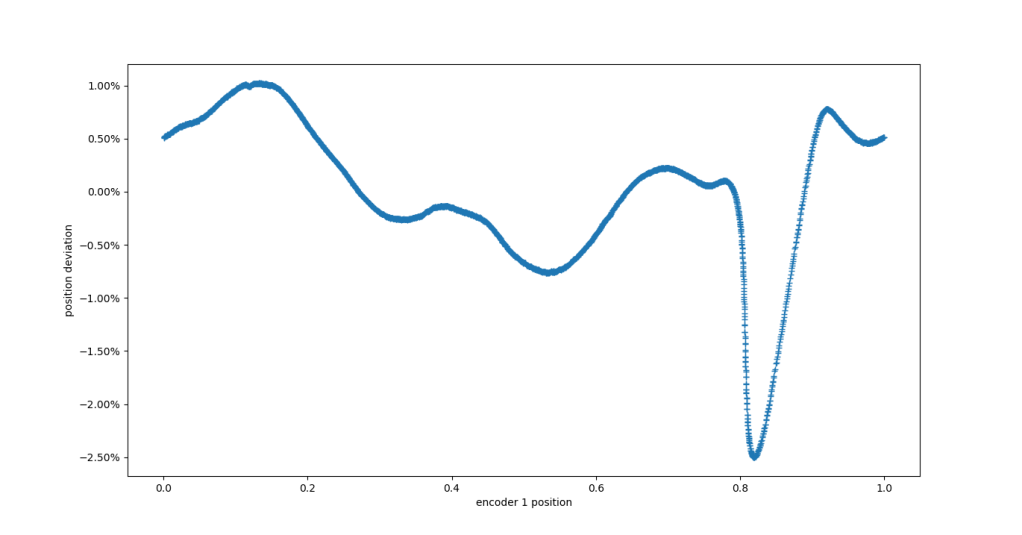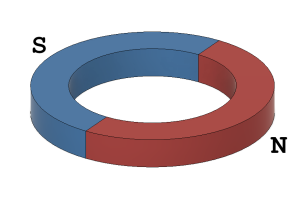Improving motor constant calibration in moteus
moteus is able to for many motors automatically determine all the relevant parameters that are necessary for control. That includes phase resistance, phase inductance, torque constant and pole count. The calibration routines have worked pretty well for a wide variety of motors and all the currently available moteus controllers, but when working to expand the supported envelope recently I undertook an effort to make that support even broader, specifically to improve accuracy when measuring resistance and torque constant, and to reduce outliers when measuring inductance.


